Perlite vs. Vermiculite: What's the Difference? (& How to Use Each)
Author: Jen Worst | Editor: Omar Alonso
Review & Research: Jen Worst & Chris Miller
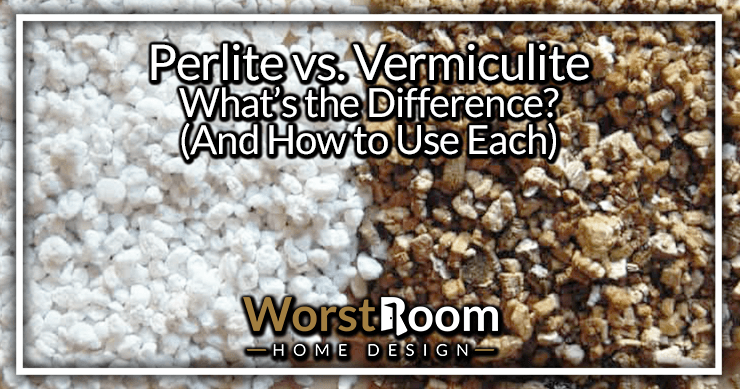
I was at Home Depot this weekend for some various items when I remembered that the plants on my front porch are established enough in their pots to be transplanted to bigger and better pots, maybe perlite vs. vermiculite this time.
Some are Japanese maples, small pine saplings, an aloe plant, and a juniper. Some I'm going to let grow to a larger size and some I'm going to convert into bonsai, but all of them need some new potting mix.
I wanted some vermiculite to mix in (I'll explain why below) beyond what you'd usually find in a pre-mixed soil, but they were out of stock.
The worker said they didn't have any in the back but showed me their perlite and assured me they were essentially the same.
According to him, I could trade vermiculite out for perlite because they're nearly identical. Is this really true? Well, I'm going to dig in and explain every detail in tonight's match-up: Perlite vs. Vermiculite!
What is Perlite?
Perlite is made by breaking apart and super-heating volcanic glass, called obsidian, the result of quickly cooling magma that's come into contact with water. The result is an amorphous, hard material that is highly porous.
Before encountering water, it's a fluffy, lightweight material that's easy to clean and handle and has no specific odor to it. It has a pH level varying between 7.0 and 7.5, usually on the higher side. Unlike vermiculite, it's rich in silicon but lacks in other areas.
What Does Perlite Look Like?
Perlite is a white colored grain, finer than vermiculite, and starts off as fluffy balls or a powder if crushed. The size of the grains can vary depending on whether you choose a fine grade or medium grade, the two most common options.
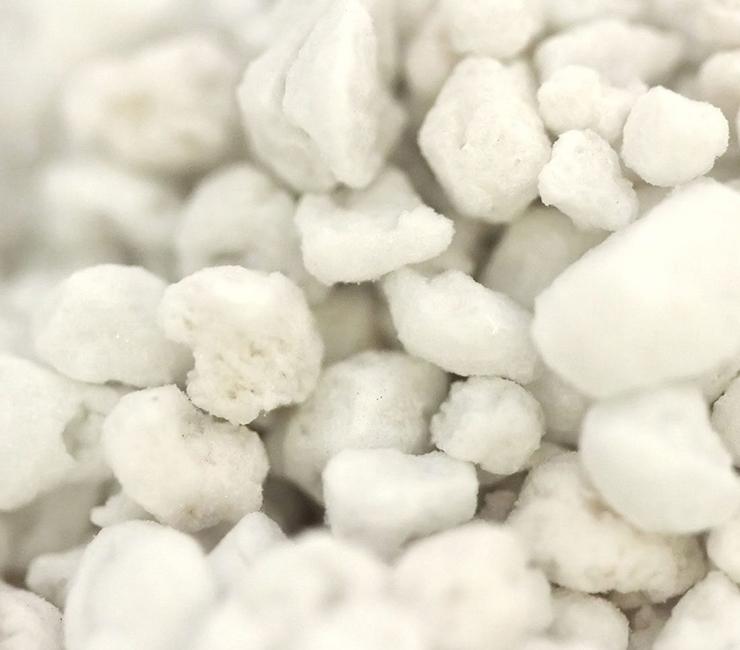
When you used potting mixes and see what look like tiny styrofoam balls stirred in, that's the pumice-like perlite granules.
What is Vermiculite?
Vermiculite is made by breaking apart and super-heating mica, a sheet silicate mineral, through a process called exfoliation. The result is a soft and spongy hydrous material that includes plate-like, flat flakes.
These flakes will expand into moisture-filled tubes once watered.
Vermiculite comes in at a neutral pH between 6.5 and 7.2, which is high enough to raise the pH levels of your more acidic plants. It ends up providing better nutrients for your plants thanks to its makeup of aluminum, iron, and magnesium.
What Does Vermiculite Look Like?
Vermiculite is a tan and brown color, usually in the form of grains or rough tubes, but sometimes in the shape of flakes as well, depending on the moisture content. When wet they expand into longer bloated worm shapes.
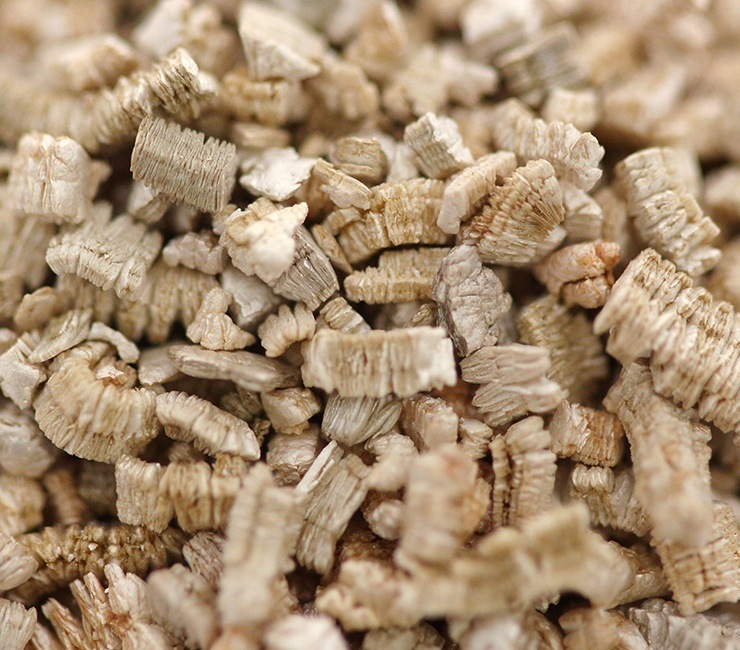
Once mixed into soil it becomes hard to distinguish, especially since the color darkens once wet.
What is the Difference Between Perlite & Vermiculite?
To understand the difference between these two potting mixes, it's easier to start with how they're alike. Both are inorganic, meaning they aren't made from the tissues of living creatures.
Both are nearly entirely sterile and used mainly as soil additives, unless you're doing something like inoculating mushroom mycelium, which requires full sterility and no mixtures.
Both are made for three tasks:
- Aerate the soil
- Retain moisture
- Impart nutrients
But the fact is that vermiculite will not only retain water for longer periods of time than perlite, but it can hold more water in general.
On the converse, perlite provides better aeration than vermiculite. Besides those two differences, perlite also has a higher alkaline content, used to control pH levels.
Vermiculite acts as a sponge and soaks up water, holding it longer than plain soil or perlite will. This is best for plants that require the soil to stay damp. Just realize that it can hold up to 3 times its volume in water, so big pots will become much heavier.
If you want perlite to continue to allow more air to flow and hold more moisture, take care not to crush it into a powder, which becomes dense and packed once wet.
That won't happen in your flower pots since there won't be enough pressure unless you really start packing in the soil. Perlite is better for when you need the soil to drain out the water completely before the next watering.
Let's look at the two main horticultural uses for vermiculite and perlite. They both perform fine in cultivating seeds or propagating new plants, but each does have a strength regarding both tasks.
For Vegetables
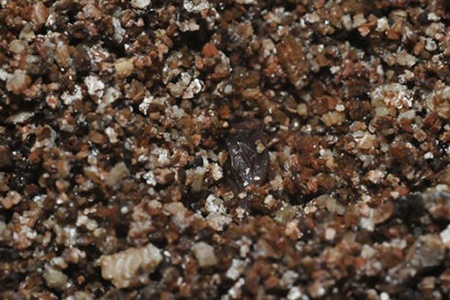
Typically when gardening with vegetables, you'll want to use vermiculite due to its ability to retain more water for longer periods of time.
Vegetables are mostly water-weight and need a lot of it during their growth cycles. It will also help loosen the densely packed soil even after you've tilled so your vegetables have access to more oxygen.
For Plants & Flowers
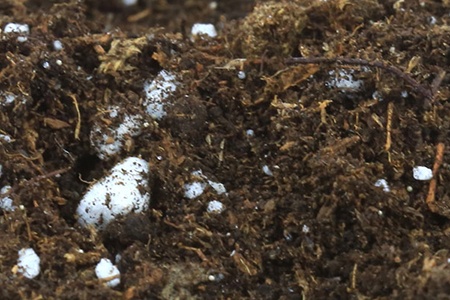
Perlite can create a loose soil too, as long as you take care not to crush it so it looses its fluffiness. Generally, for seedlings and seed starting systems you'll do better with vermiculite, but there's some benefits to perlite, such as helping resist weeds and plant diseases.
It also helps keep your soil at a more steady temperature by offloading humidity quicker. It can help put an end to surface crusting and puddles, too. It's a great decision for mature plants and flowers.
What is Perlite Used For?
What is the purpose of perlite? Since it mainly traps water along the surface area, where it remains porous with bumps and crannies, it releases moisture faster than vermiculite by sucking it up from below the surface, meaning it's good for maintaining specific humidity levels.
Think of it as a quicker draining soil additive with a higher pH level. An example of plants that would thrive in these conditions are cacti and succulents. Any plant that prefers for the soil to dry out completely before becoming wet again will enjoy perlite over vermiculite.
Perlite eventually deteriorates and gets "used up," which is why it's often combined with materials like compost, pine bark, peat moss, or other types of moss. The idea is to get faster and stronger root growth and then transition away by using less perlite later.
What is Vermiculite Used For?
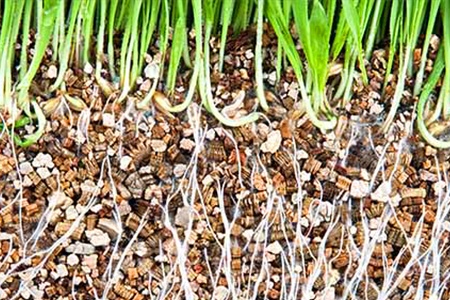
What is the purpose of vermiculite? It retains more water and features less aeration, so plants that thrive in wetter soil conditions or ones that are sensitive to higher alkaline levels will absolutely love it.
Due to the higher water and nutrient retention, this is a better medium for sprouting seeds and rooting cuttings.
Vermiculite is considered more permanent than perlite as it doesn't deteriorate or become compressed. It doesn't rot or harbor mold either, and never takes on any odd smells and remains non-toxic.
It's not used as often as it used to be due to the plant in Libby, Montana that was responsible for the large majority of vermiculite mining being contaminated with asbestos fibers.
Though the problem is fixed and there are other sources, it hurt the reputation of vermiculite and many people switched to perlite.
Where to Buy Perlite & Vermiculite?
You may be wondering where you could pick up either of these soil additives. Lowes, Home Depot, or Mayo Garden Center are my typical local stores. Every city has several mom & pop nurseries and gardening stores you could visit as well.
Even stores like Walmart may carry these products, though it's more rare since they started carrying potting mixes instead.
Obviously you can just order from Amazon if you don't want to risk running all around town. Below are the most popular options of each:
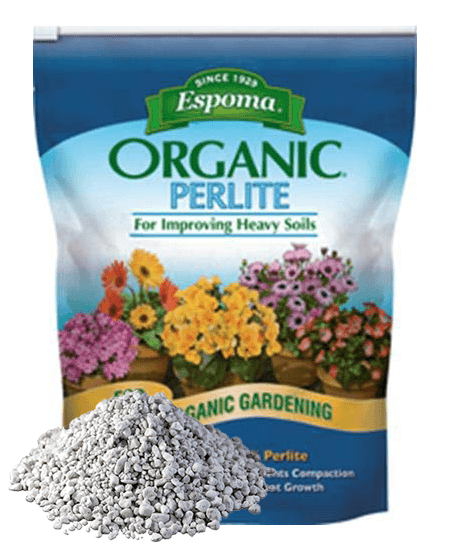
This company, Espoma, makes affordable and consistent perlite and vermiculite that both come in easily stored and closable zipper top bags.
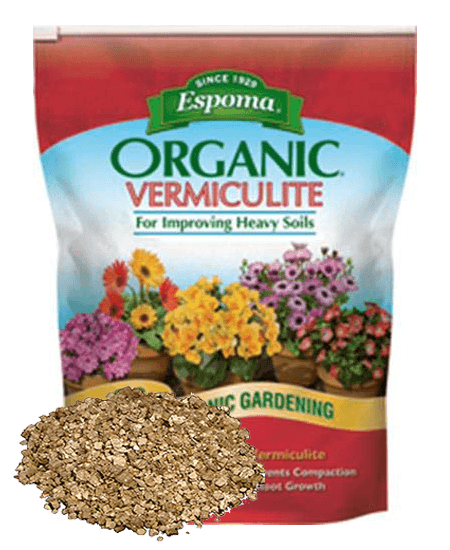
Regardless where you pick up either, you don't have to worry about quality straying too much. There's not much variance since the process of mining and creating both are fairly strict.
Conclusion: Perlite vs. Vermiculite?
At the end of the day, people will say these are the same, and in the broadest and most general sense I would agree. You're not going to harm any plants or vegetables by using either in proper amounts.
I'd argue that you could use 100% of either and be okay though your plants wouldn't receive all of the various nutrients and minerals to which they need access.
Above, we've covered the nitty gritty of the differences between perlite vs. vermiculite. While they aren't monumental, they do exist. The more you know!



